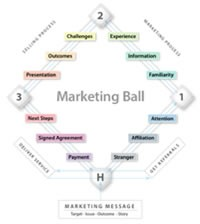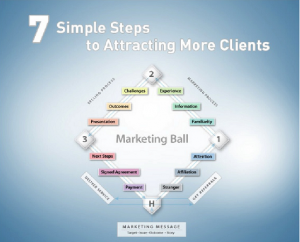Understanding the Language of the Marketing Ball Game --Step Three
by Robert Middleton, owner of Action Plan Marketing and Jaco Grobbelaar, owner of BroadVision Marketing Marketing actual …
Having the Right Mindset -- 2nd Rule in the Marketing Ball Game
by Jaco Grobbelaar, owner of BroadVision Marketing and Robert Middleton, owner of Action Plan Marketing If marketing is …
Marketing is a Game -- 1st Rule of Marketing Ball
by Robert Middleton, owner of Action Plan Marketing and Jaco Grobbelaar, owner of BroadVision Marketing Master these Sev …
Skills for Playing the Game of Marketing Ball
by Robert Middleton, owner of Action Plan Marketing and Jaco Grobbelaar, owner of BroadVision Marketing If you're a prof …
How To Use LinkedIn
Plenty of business people are not using LinkedIn to the best of their ability because they don't know how to make it wor …
Business BloggingProof that You Still Exist
[caption id="attachment_3481" align="alignleft" width="122" caption="Some rights reserved by vectorfunk"] [/caption] The …
How does Social Media Help Generate Leads?
[caption id="" align="alignleft" width="350" caption="Image via CrunchBase"] [/caption] What is the ultimate purpose of …
What IS NOT and What IS Lead Nurturing
You don't want confuse lead nurturing with sending out brochures or marketing copy focused on your product information o …
4 Insights into Successful Marketing
A cook starts with a recipe. A tourist starts with a map. So why do many small business owners think they can run their …
4 Parts of a Call to Action that Lead to Conversion
All businesses selling products or services are familiar with the term marketing budget. This means a plan to organize …









